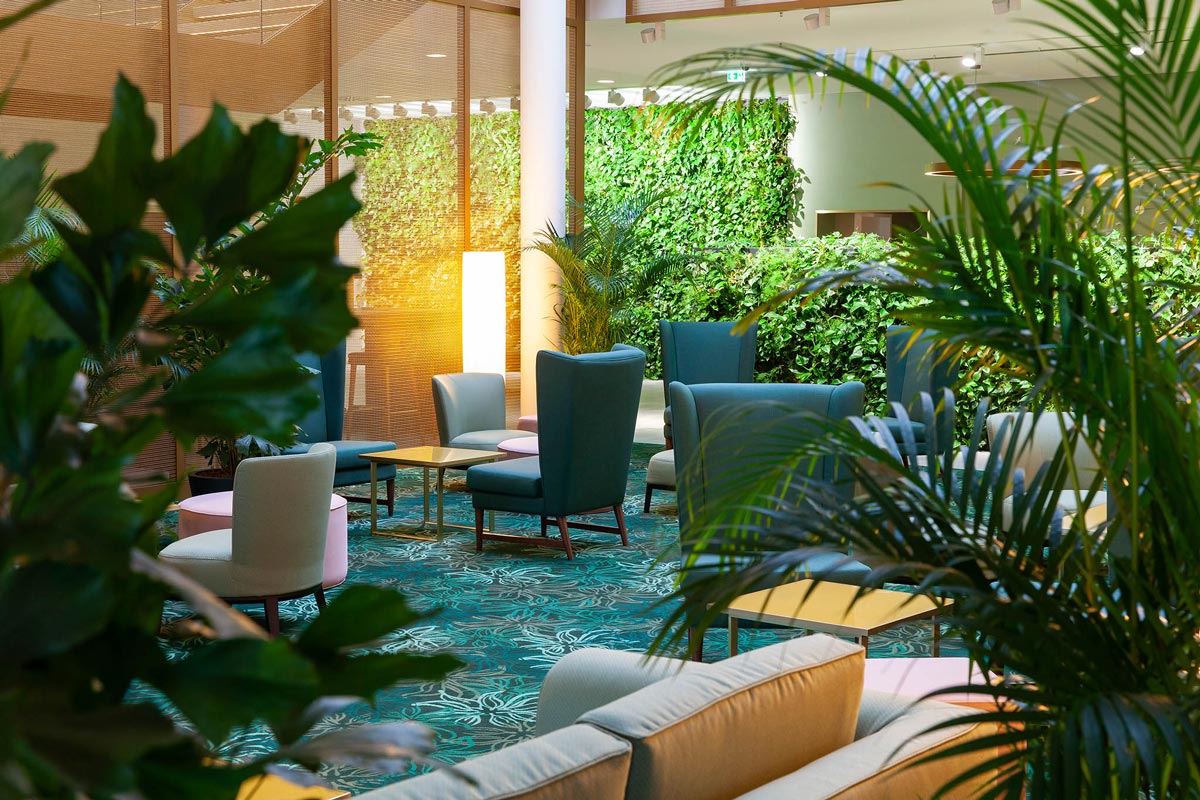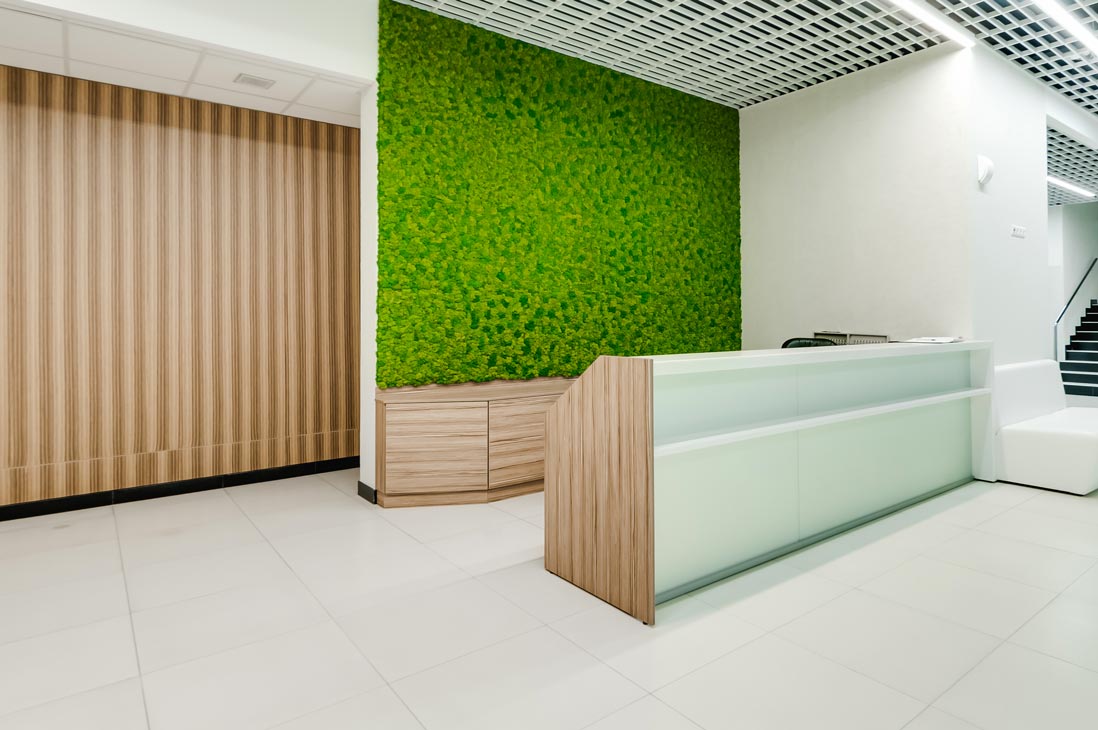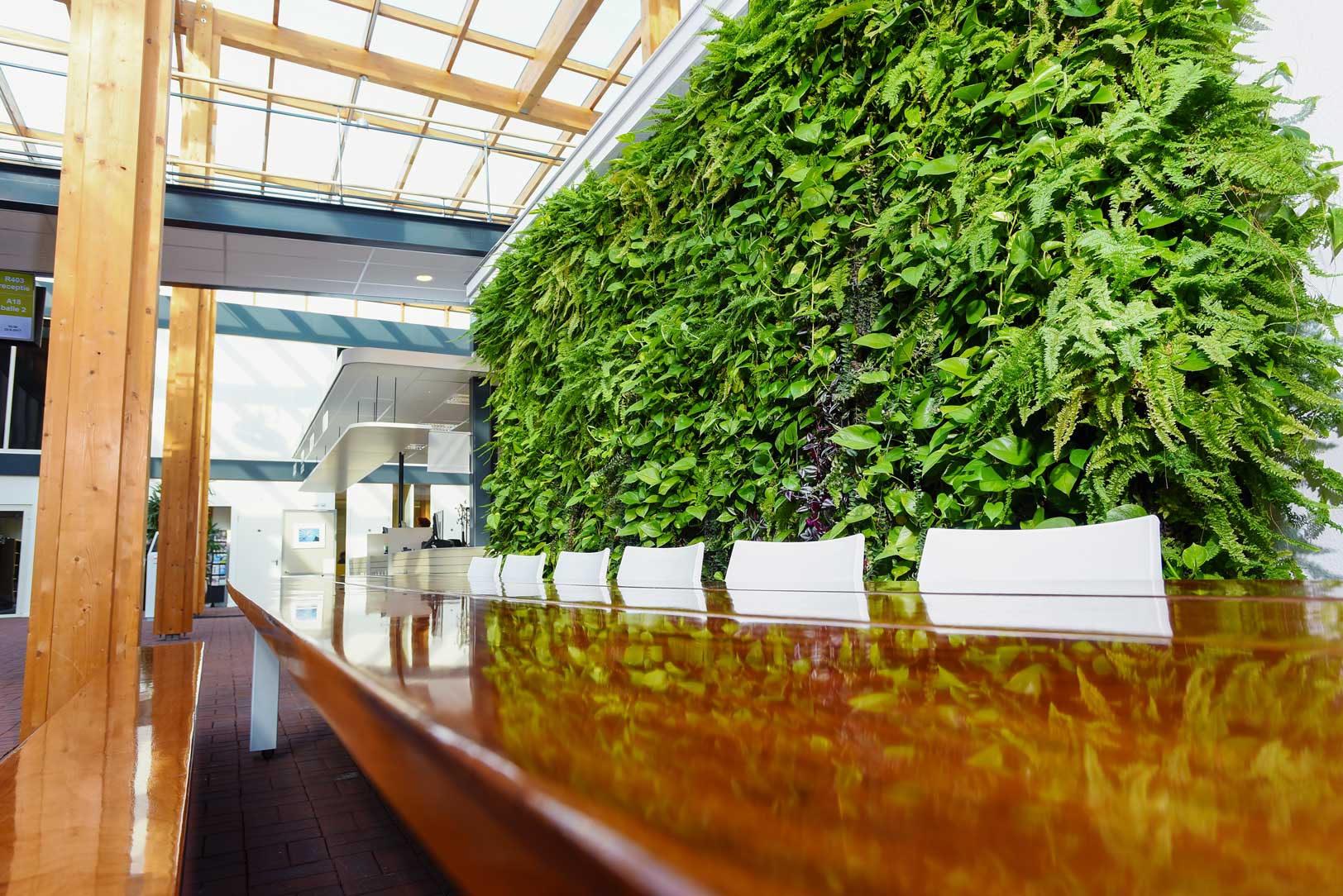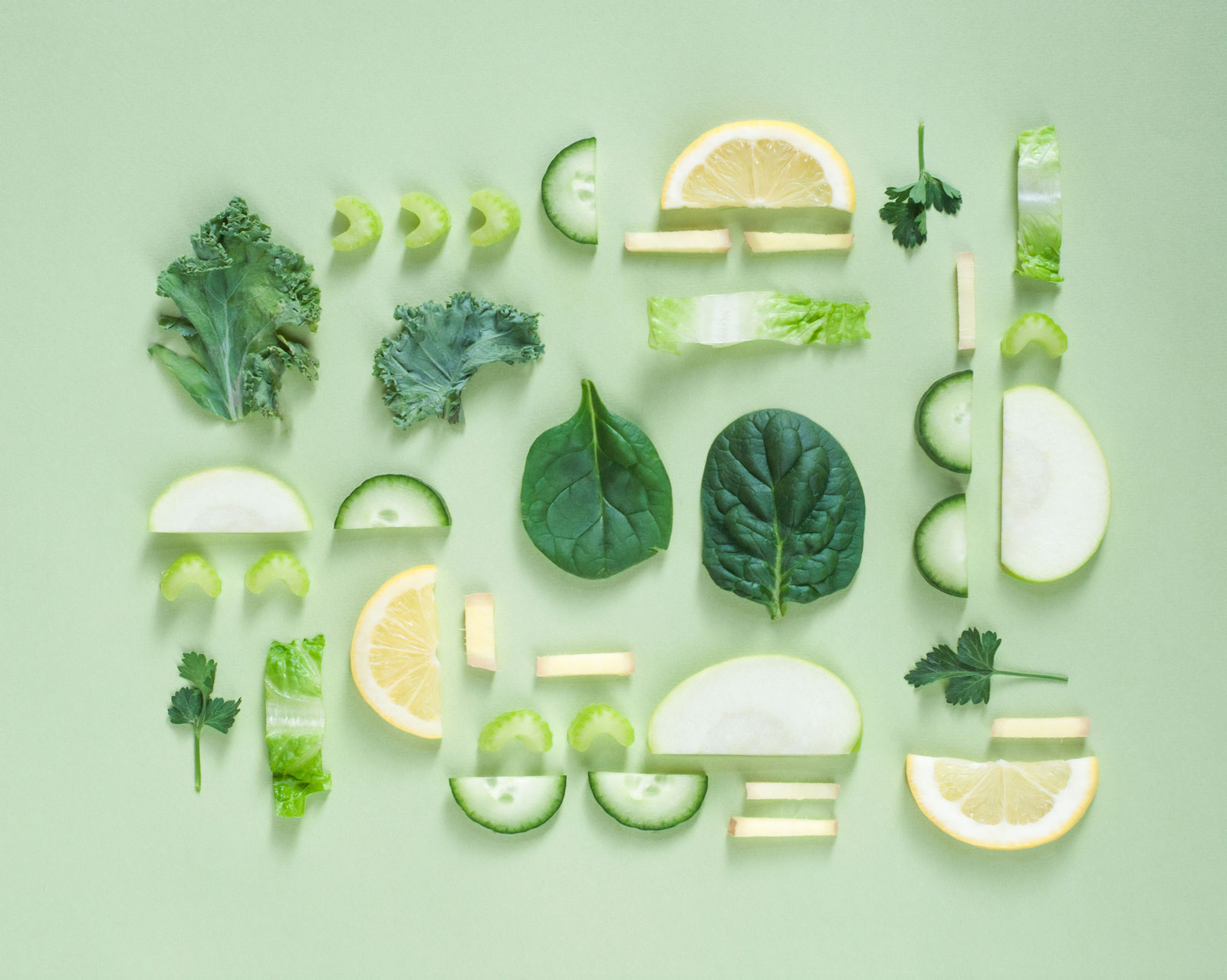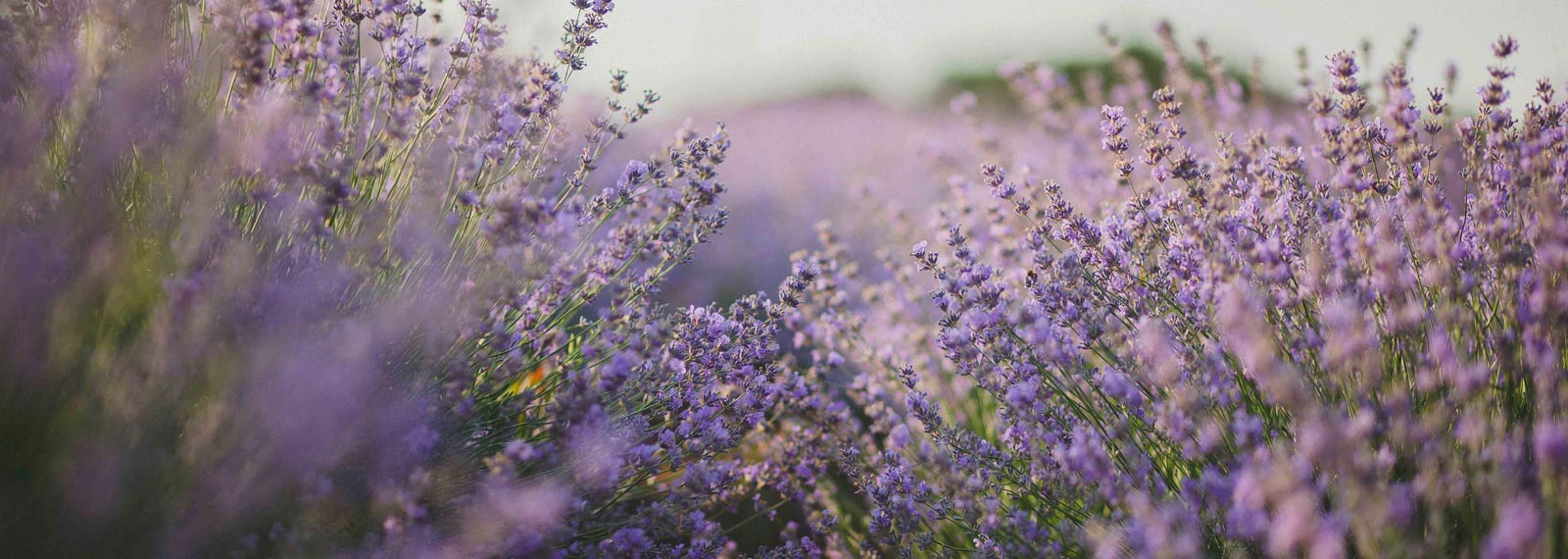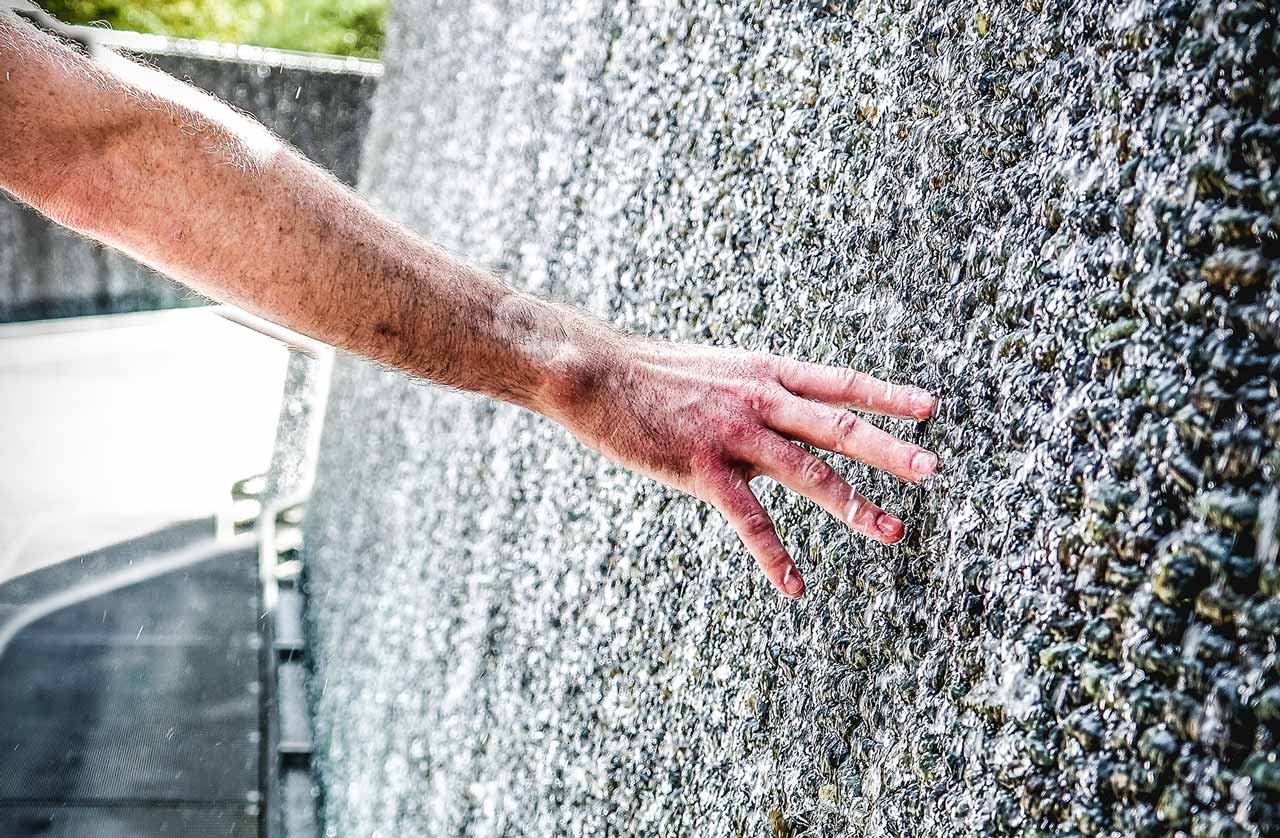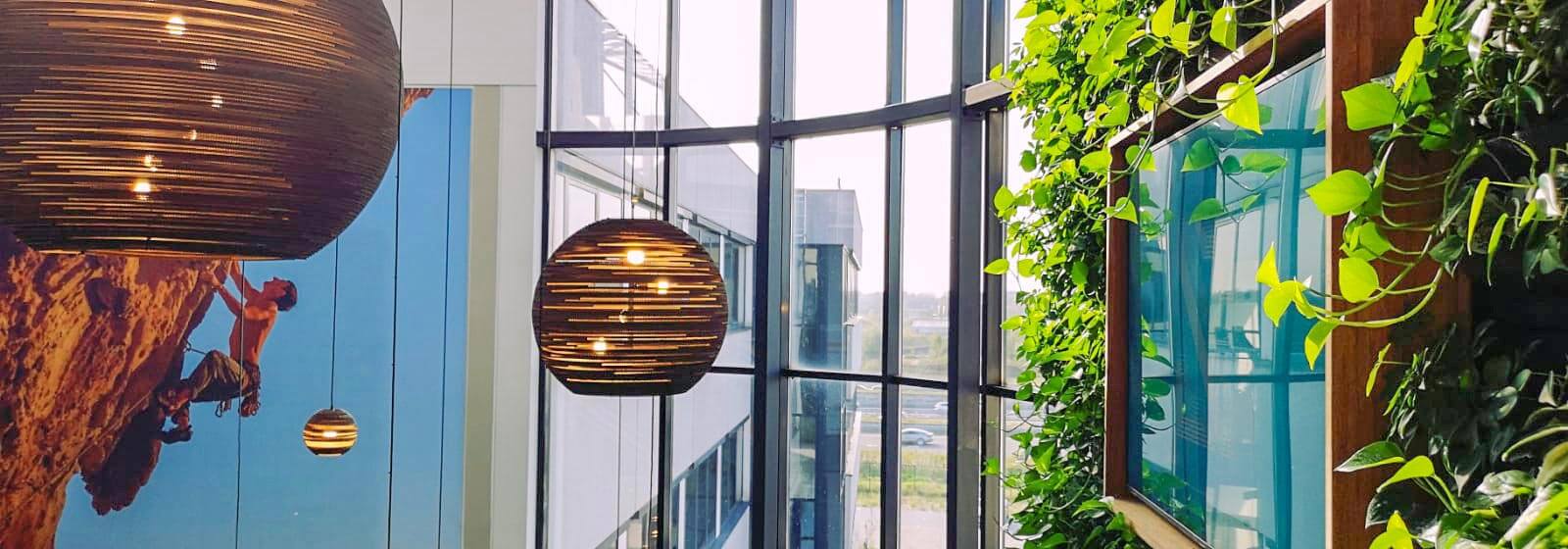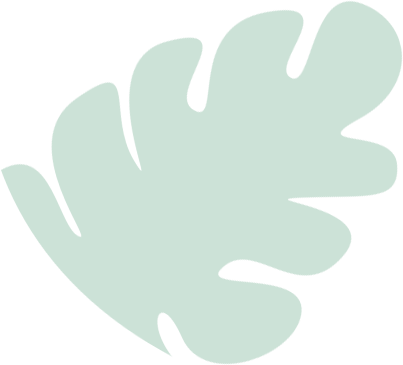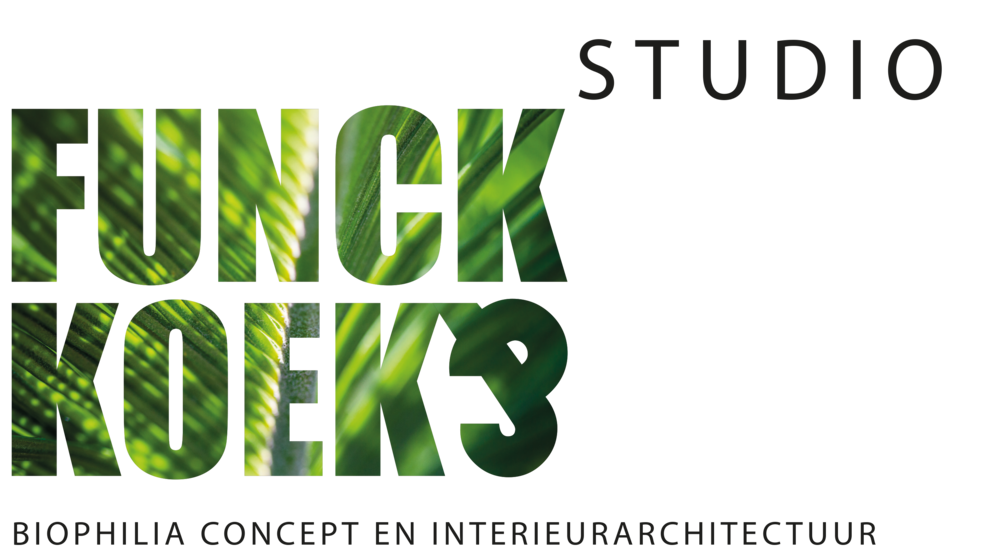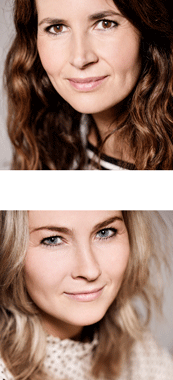Biophilic Design Explained
Biophilic design is an architectural approach inspired by nature. It involves interiors that incorporate natural shapes, materials, natural light, and, of course, a wide variety of plants. This creates an inspiring and calming environment where employees, visitors, residents, or guests feel significantly more comfortable and revitalised.
Benefits of Biophilic Design
A biophilic design promotes creativity, reduces stress, and enhances mental clarity. It boosts overall well-being and accelerates recovery. By integrating various elements into the design, an ideal environment is created for living, working, or staying. Biophilic design falls into three categories: nature in the space, nature of the space, and natural analogues.
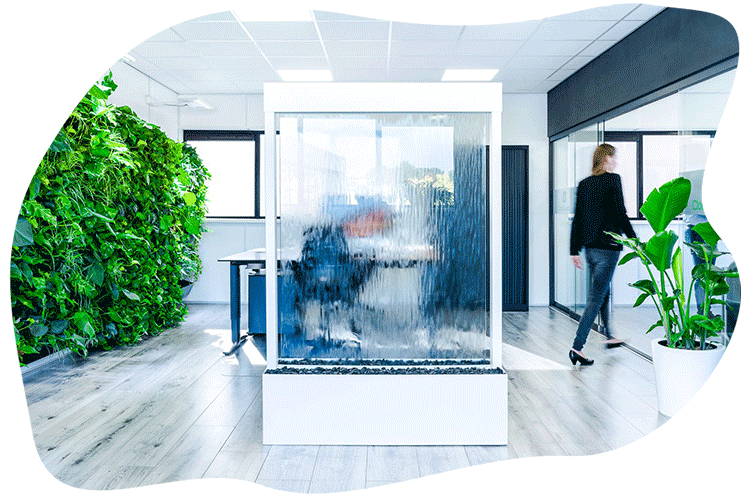
Nature in your indoor environment
This approach focuses on the direct, physical, and often momentary presence of nature within a space. This can include plant life and water, as well as breezes, sounds, and scents. The strongest experiences are achieved through direct connection with these natural elements, particularly through diversity.
To ensure diversity, several elements should come together. Here are a few examples:
- Visual Connection: a view of natural elements, living systems, and natural processes.
- Presence of Water: enhancing the experience of a place through seeing, hearing, or touching water.
- Dynamic and Diffuse Light: using varying intensities of light and shadow.
Nature of the Space
This aspect focuses on our innate and learned desire to look beyond our immediate surroundings, inspired by spatial configurations found in nature. The most impactful experiences are created by designing purposeful and engaging spatial arrangements that incorporate natural patterns. Here are two examples:
- Prospect (unobstructed view over a distance): reduces stress, boredom, irritation, and fatigue, while enhancing comfort and the feeling of safety.
- Refuge (a place to retreat from the main flow of activity, such as in an open-plan office): improves concentration, attention, and the perception of safety.
Natural Analogues
This approach focuses on organic, non-living, and indirect natural stimuli. It includes objects, materials, colours, shapes, and patterns found in nature, expressed through furniture, textiles, plant objects, artwork, and ornaments. Examples include wooden wall coverings, granite surfaces, or planters made from earthy materials (clay, wood, or paper).
- Material Connection with Nature: enhances creative performance and a sense of comfort.
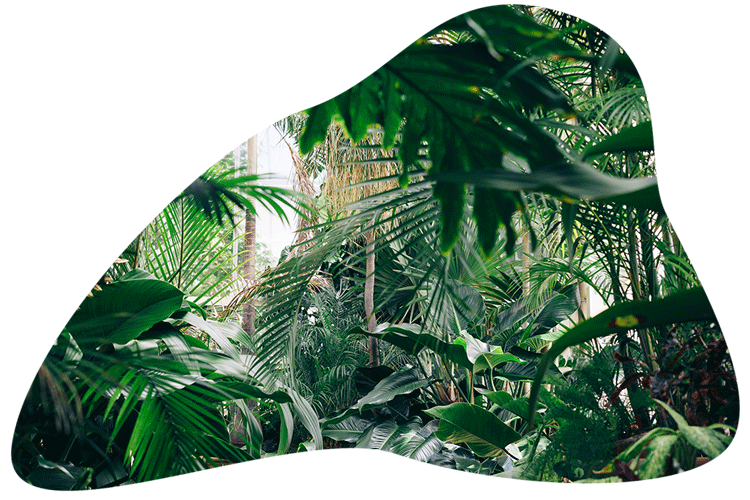

Biophilia pays off
Organisations worldwide are increasingly adopting biophilic design, not only to present themselves as sustainable but also to create a pleasant workplace for employees. What is often overlooked is the substantial financial benefit this approach can yield, primarily through increased productivity and reduced absenteeism.
Research shows that around 90% of organisational costs are related to personnel. Building energy costs are estimated at 1% and rent at 9% of total expenses. Therefore, the smartest investment is in people, through green enhancements. Even the smallest improvements in productivity or reductions in absenteeism deliver significant financial returns!
Source: research company Terrapin Bright Green.
The Value of Biophilic Design Across Various Sectors
Students in environments with biophilic design elements show higher concentration levels and experience fewer ADHD symptoms. As a result, academic performance increases on average by 20 to 25%.
Productivity in office settings can improve by up to 8%. The sense of well-being rises by an average of 13%, leading to fewer sick days and higher attendance. Biophilic design also enhances focus and creativity—a win-win!
Guests are willing to pay up to 23% more for a room with biophilic elements or a view of biophilic design.
In healthcare settings, post-operative recovery times decrease by 8.5% when biophilic elements are present. Pain medication use drops by 22%, and the environment has a calming and restorative effect on patients.
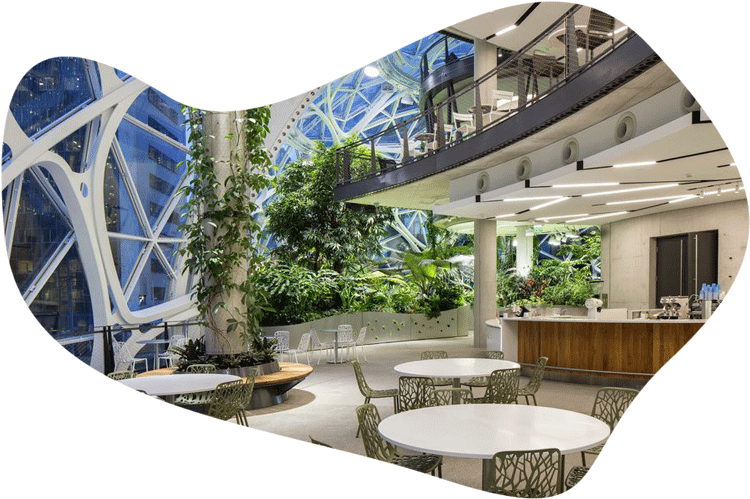
Interested in Biophilic Design for Your Interior?
At Ten Brinke, we believe an interior is more than just a place to live or work; it influences how we feel. That’s why we focus on enhancing the experience of your space with natural elements.
In collaboration with interior architects, we transform your space into a functional and green living or working environment. Request expert advice today and discover how we can help!
Receive a complete biophilic plan, from consultation to implementation.
Biophilia Elements
Biophilia, literally translated as “the love for living systems,” emphasises the connection with nature as a fundamental human need. Daily contact with nature in our surroundings promotes optimal well-being, both physically and mentally. This sustainable design strategy connects people with a natural, green environment—and it’s easier to achieve than you might think.
More office plants, a plant wall, moss wall, LiveDivider, or water wall truly bring nature indoors and are expertly placed by us in the best locations!
Discover the possibilities.
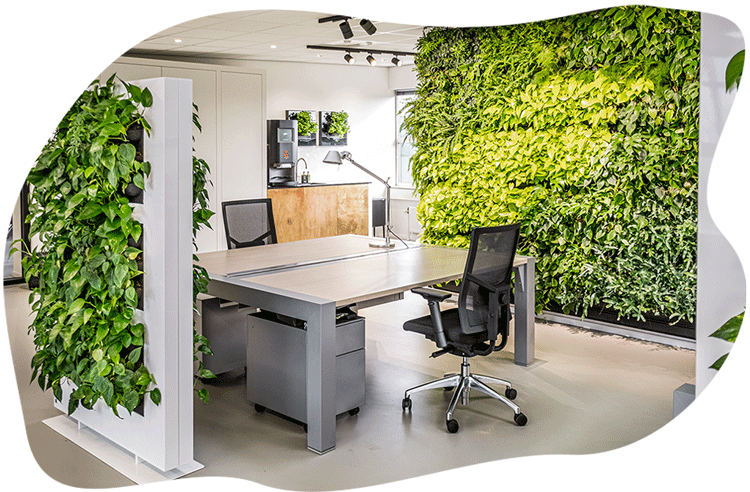
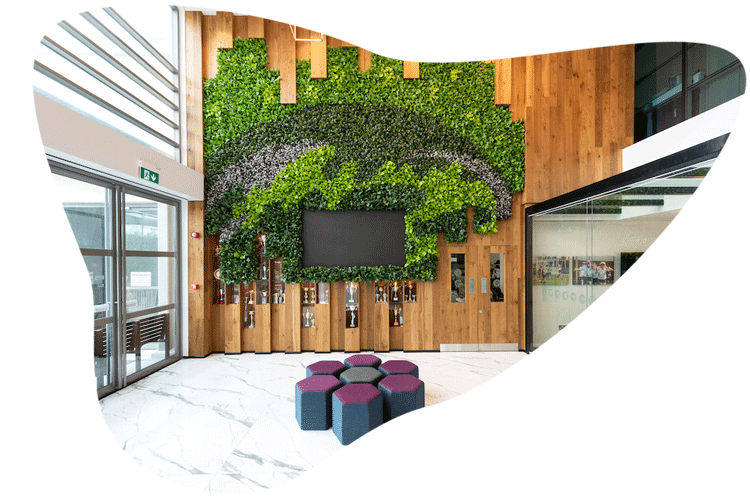
Interior of the Future
As urbanisation continues, it’s essential for people to maintain a connection with nature in order to feel relaxed, energised, and vital. With biophilic design, we bring nature indoors in existing buildings—quickly and effectively.
We effortlessly add more greenery to environments dominated by stone and concrete. For a sustainable and future-proof interior, we offer professional maintenance if desired, so you have nothing to worry about.
Experience Nature with Biophilic Design
Humans have five sensory perceptions: smell, sight, touch, taste, and hearing. These senses help us experience the nature around us. They indicate what we need, so we can create a balanced environment where we feel our best. Biophilic design triggers our senses in the following ways:
At Ten Brinke, we have a deep affinity and experience with the power of sensory experiences. With a beautiful balance of sensory feelings in mind, we create a unique plan for each client, integrating biophilia into the interior. This way, we always achieve the desired result.
